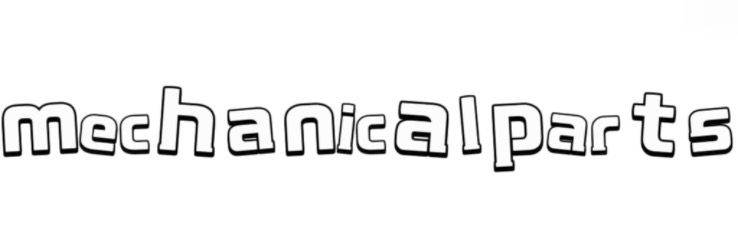Automotive Welding Assembly Services: Manual vs. Robotic Techniques
Automotive manufacturers continuously strive to enhance efficiency while ensuring high-quality production. One essential aspect of this industry is welding assembly services, which play a pivotal role in vehicle construction. In this article, we will delve into the two primary welding techniques used in automotive production: manual welding and robotic welding. Each method has its own unique advantages and considerations, making it essential to understand which is best suited for varying production needs.
Want more information on Automotive welding assembly services? Feel free to contact us.
Understanding Welding in Automotive Production
Welding is the process of joining materials, typically metals, by applying heat and pressure. In the automotive sector, welding assembly services are crucial for assembling components such as chassis, frames, and body panels. The choice between manual and robotic welding techniques can significantly impact the production process and end product.
Manual Welding: The Human Touch
Manual welding, as the name implies, involves skilled technicians performing the welding process by hand. This technique is valued for its flexibility and adaptability, allowing welders to work in various positions and environments. Here are some key points to consider regarding manual welding:
Advantages of Manual Welding
Flexibility: Skilled welders can adjust their techniques based on the job requirements, making it easier to address complex geometries or repairs.
Detail Orientation: Experienced technicians can spot inconsistencies and imperfections that machines might overlook, ensuring a higher quality weld.
Cost-Effective for Low Volume: For low-volume production or custom jobs, manual welding can be more economical, as there’s less upfront investment in machinery.
Limitations of Manual Welding
Labor Intensive: The reliance on human skill means that manual welding can be time-consuming and less efficient for mass production.
Variability: The quality of welds may vary from one technician to another, leading to inconsistencies in the final product.
Health Concerns: Prolonged exposure to welding fumes and heat can pose health risks to operators, necessitating strict safety measures.
Robotic Welding: The Future of Automotive Assembly
Robotic welding has revolutionized the automotive manufacturing landscape. Automated welding cells equipped with advanced machinery have become increasingly prevalent, particularly in high-volume production environments. Here’s a closer look at robotic welding:
Advantages of Robotic Welding
Consistency and Precision: Robots deliver high repeatability and consistent weld quality, which is essential for mass production.
Increased Speed: Automated welding processes can operate continuously and at higher speeds than manual work, drastically reducing production times.
Safety: By taking over potentially hazardous tasks, robotic welding reduces the risk of injury to human workers and enhances overall safety in the workplace.
Limitations of Robotic Welding
High Initial Costs: The setup and maintenance of robotic systems can be significant. For companies with lower volumes, this might not be economically feasible.
Less Flexibility: While modern robotics have advanced capabilities, they may still struggle with highly customized or complex welding jobs compared to skilled human welders.
Dependence on Programming: Robots require precise programming and calibration, which means that any error in the setup could lead to poor-quality work.
Making the Right Choice
The decision between manual and robotic welding ultimately depends on several factors, including:
Production Volume: For high-volume needs, robotic solutions often outperform manual welding. On the other hand, low-volume or custom jobs may benefit from the flexibility of human welders.
Cost Considerations: Analyzing the cost of labor versus the investment in robotic systems is crucial for determining the most cost-effective approach.
Project Complexity: If a project has intricate designs, a skilled technician may achieve superior results compared to automated systems.
Conclusion
In the realm of automotive welding assembly services, both manual and robotic welding hold significant value. Understanding the advantages and challenges associated with each technique helps manufacturers make informed decisions that align with their production needs. As technology continues to advance, the integration of both methods may yield the optimum balance between quality, efficiency, and adaptability in automotive manufacturing.
In summary, whether opting for the skilled precision of manual welding or the rapid efficiency of robotic solutions, the choice should be tailored to the specific demands of each production scenario. By evaluating the unique qualities of both methods, manufacturers are better equipped to enhance their welding assembly processes and ultimately improve the quality of their vehicles.
The company is the world’s best Pipe fitting suppliers for automotive supplier. We are your one-stop shop for all needs. Our staff are highly-specialized and will help you find the product you need.
21
0
0
All Comments (0)
If you are interested in sending in a Guest Blogger Submission,welcome to write for us!


Comments